
Mario De Miranda, a name synonymous with wit, humour, and artistic brilliance, was an cartoonist whose work captured the essence of everyday life with an unique and satirical perspective.
Born in Goa, Mario’s journey as a cartoonist spanned several decades, making him one of India’s beloved and celebrated artists. In this blog, we delve into the various aspects of Mario de Miranda’s life, from his humble beginnings to his rise as a renowned cartoonist, his personal life , and his unwavering love for animals.
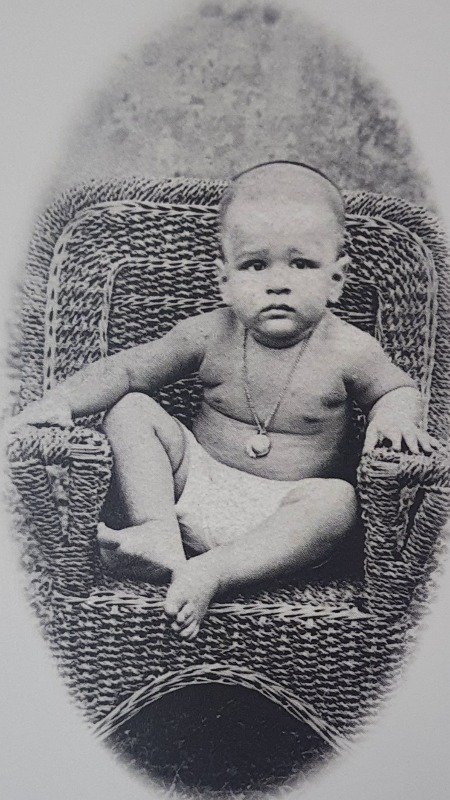
1. Early Years: Mario Joao Carlos do Rosario de Brito Miranda (2nd May 1926 – 11th December 2011), was born in Daman, then a part of Portuguese India, to catholic parnets of brahmin oprigin and his surname was Sardesai.
Mario Miranda’s artistic journey began at the age of 10 when he discovered his passion for drawing. His initial canvases were the walls of his home, where he fearlessly expressed his creative impulses. Recognising his talents, his mother lovingly presented him a blank book, unleasing a world of possibilities for the budding artist. With his newfound treasure, Mario poured his imagination onto its pages, sketching everything that caught his attention – from animals to teachers, priests, and the vibrant tapestry of his school life.
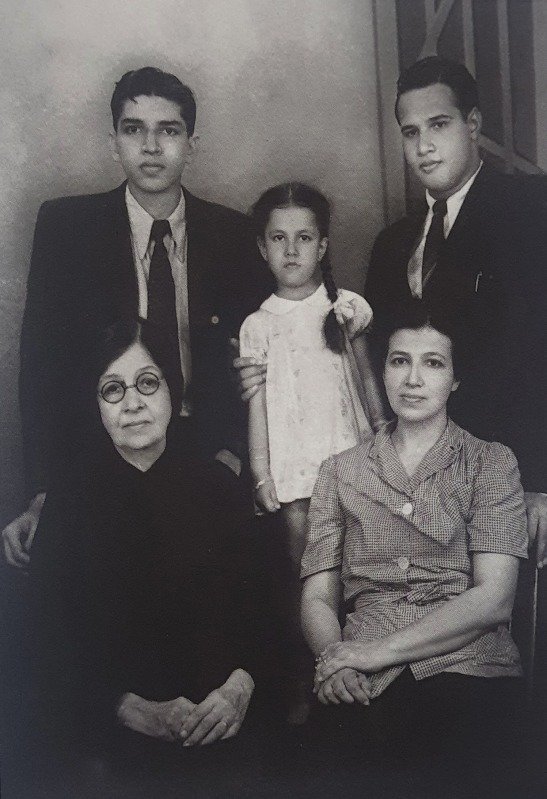
2. Education: During his academic years, Mario Miranda attended St. Josephs’s high school in Bangalore, where his artistic abilities quickly gained attention. His friends would frequently request him to draw amusing portraits of their teachers. While not all of his teachers appreciated the humour caught in his drawings, Mario’s exceptional talent allowed him to escape any serious repercussions. With the pages of his sketchbook, alongside the caricatures of his teachers, Marion also immortalised his friends, mischievous crows, and unsuspecting dogs that wandered onto the school campus, their expressions perfectly capturing their surprise and curiosity.
Manohar Malgaonkar, Mario Miranda’s biographer recounted an interesting anecdote from Mario’s school days “Our science teacher Alec Alvares once demonstrated how invisible ink was made. He gave the class an assignment to make some invisible ink, write a few words with it, and to bring it the papers to class. He would hold them near a glow-lamp and read them out. When he was reading these messages, he held up one paper and demanded: ‘Who did this?’ It was a caricature of Alvarez himself. Mario stood up and admitted he was the culprit. The Science Master stared at him for a long time. Then he said, ‘ You seem to have a gift for this sort of thing. Keep it up and good luck to you.’
Manohar Malgaokar recounts another story. “In 1943, Mario Miranda came to Bombay. He was 17 years old. WW2 was still raging. Mario had a vague thought of going to Parish to develop his natural gift for figure drawing by doing a course at Ecole de Beaux-Arts. But while the war was on, no foreign travel was possible. The next best thing was to study at the Sir JJ School of Art in Bombay, and that was what he had come to Bombay for.
As at Bangalore, in Bombay too, his parents ever mindful of his comforts, arranged lodging for him at the flat of some Goan friends in Holland House on Colaba Causeway. His parents also arranged that he would take his meals in a fancy restaurant Gurdons’s near Churchgate station.
Mario did attend classes at Sir J.J. School of Art for a day but disliked it. The one day the college was the closest he came to receiving formal training for his life’s calling. Instead, he joined St. Xaviers’s College to study for a Bachelor Of Arts degree in the history of English literature. Mario passed his B.A. with honours in English”
While pursuing his B.A. he harboured aspirations of joining the prestigious Indian Administrative Services (I.A.S). However, fate had other plans for him.
At the insistence of his parents, Mario temporarily shifted his focus to architecture. He enrolled in architectural studies, hoping to fulfil their wishes. However, it din’t take long for him to realise that his true passion lay elsewhere. Architecture failed to ignite his creative spirit, and he soon found himself disinterested in the subject.
It was during this period of self-discovery that Mario began to receive small commissions for his artwork. Fuelled by his innate talent and growing recognition, he started sketching people in his private diaries in 1949. These sketches served as a testament to his evolving style and allowed him to experiment with different artistic techniques.
3. Career: After spending four years at an Advertising Agency, Mario Miranda’s life took an interesting turn as he embarked on his cartooning career.
His journey began with an opportunity at “The Illustrated Weekly”, a now defunct publication. It was during this period that two other notable figures, RK Laxman and Bal Thackray, were also making their mark in the world of cartooning.
The “Illustrated Weekly” provided a platform for Mario to showcase his artistic prowess and satirical humour. His cartoons quickly gained recognition and appreciation from readers, establishing him as a talented cartoonist in his own right. This was a significant milestone in Mario’s career, as he honed his craft and developed his distinctive style, capturing the nuances on Indian society with his insightful and witty illustrations.
Mario’s big breakthrough came when he joined the Times Of India as a cartoonist in 1953. His cartoons, published under the series “Mario’s World” and “Street Religion”, became immensely popular. Through his work, he humorously commented on social issues, politics, and the idiosyncrasies of everyday life, endearing him to a wide audience.
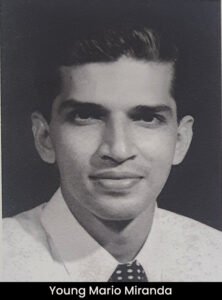
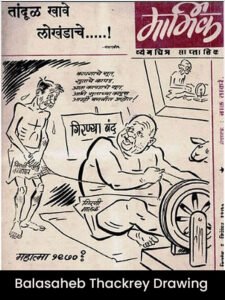
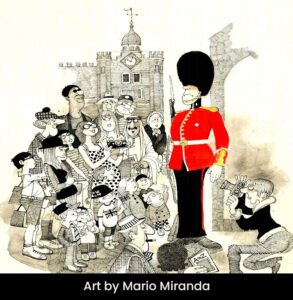
4. Personal Life: Mario Miranda found love and companionship in his marriage to Habibi Hyadri, a woman of exceptional beauty hailing from an esteemed Muslim family and a graduate of Sir J.J. School Of Arts. The Hyadri family boasted a legacy deeply rooted in the nobility of the erstwhile princely state of Hyderabad.
Habiba’s own lineage was marked by illustrious figures such as her grandfather, Sir Akbar Hyadri, who served as the Prime Minister of the state. Another distinguished Hyadri relative ascended to the position of Governor Of Assam, further exemplifying their prominence. Habibi Hyadri passed away in 2021. Mario and Habiba are survived by two children Rishaad and Raul Miranda.
The elder son, Raul has become a hair stylist, and has gone off to the Mecca of his calling, the U.S.A. and there set up a flourishing practise while the younger son Rishaad has specialised as a designer – decorator. Both Raul and Rishaad are married.
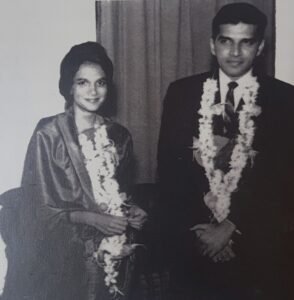
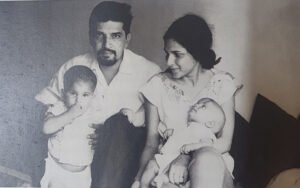
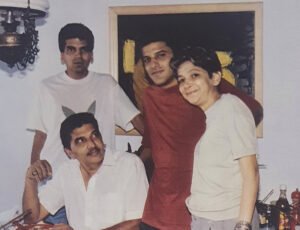
5. Mario Miranda’s Love For Animals: Mario Miranda has spoken of two branches of cartoons, ‘social’ which he favours, and ‘political’ which he shies away from because of the restraints he must work under.
There is however, at least one other ‘branch’ of his art which offers scope to the wildest fancies of its practitioners – animal cartoons.
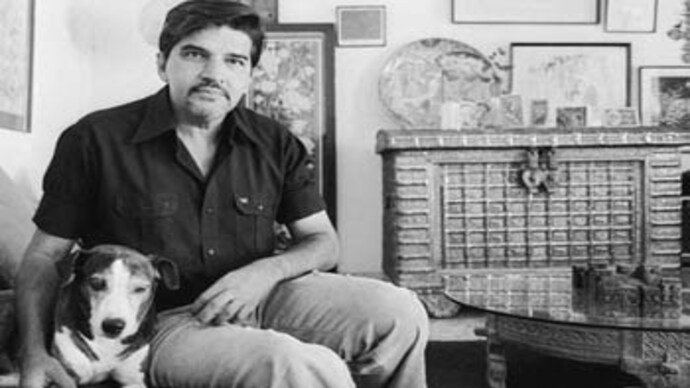
As a child he is known to have howled when a pet dog died. In those days of grace and space, there were even a couple of deer in his house. He himself has kept pets wherever he had a house: dogs, cats, roosters, a squirrel or two; four turtles used ti crawl all over his flat in Bombay, and visitors had to be wary not to tread on them: and yes, a pig!
Dogs seem to be much in his subconscious that they have a tendency to steal into his ‘social’ cartoons almost without his knowledge, just to lend tone to them, as it were. These are mostly of the stray dog variety and some indeterminate breed, but they seem full of their own importance too and perfectly capable of looking after themselves in a scrap.
Mario often tells the story of one of his own dogs, Tommy, passing judgement on one of his drawings on which he lavished a great deal of care. He had drawn the picture while the paper was still wet and leaned it against the wall of his study to dry. That was when Tommy walked to the picture, solemnly raised his leg and formally anointed it. Was is a gesture of profound disgust of unbounded admiration? Who can say? Perhaps students of canine psychology have the answer. In many of Mario’s larger drawings of landscapes one often notices a crow or two flying. As often as not, they too are intruders. “An ink-drop is better camouflaged as a crow,” he explains.
Here are some interesting facts and anecdotes of the famous artist:
· One of the notable anecdotes from Mario’s life is his fascination with bikes and motorcycles. He would often incorporate them into his cartoons, capturing the chaos and energy of Indian roads.
· It is estimated that Mario Miranda made approximately 50,000 paintings/drawings in his lifetime.
· Mario was known for his distinctive mustache and his fondness for wearing a beret, which became his trademark style.
· As a rule, Mario Miranda did not make cartoons of politicians when, occasionally, he does portray a well-known political figure, he curbs his propensity to make them look funny: he makes their pen-and-ink portraits rather than caricatures.
· He had a strong bond with the city of Goa, and his love for his homeland was evident in many of his works, which beautifully captured the essence of Goan life and culture.
6. A Lasting and Enduring Legacy:
Mario Miranda’s passing on December 11, 2011, marked the end of an era in the world of art and cartooning. His demise left behind a void that was felt deeply by his admirers and the creative community alike. However, his legacy continues to thrive, reminding us of his immense talent, unique artistic style, and lasting contributions.
Throughout his illustrious career, Mario Miranda touched the lives of countless individuals with his delightful cartoons and illustrations. His ability to capture the essence of everyday life, infused with wit, humor, and intricate details, made him a beloved figure among readers of all ages. His work transcended language and cultural barriers, appealing to a diverse audience and earning him a special place in the hearts of people across India and beyond.
Mario’s legacy extends beyond his artistic accomplishments. He was a trailblazer who paved the way for future generations of cartoonists in India. His distinctive style, characterized by lively characters, vivid backgrounds, and an acute sense of observation, inspired and influenced aspiring artists. His dedication to his craft and his commitment to highlighting social issues through humor continue to be an enduring source of inspiration.
In recognition of his immense contributions, Mario Miranda received numerous accolades and honors throughout his lifetime. His list of achievements includes the prestigious Padma Shri, the National Cartoonist Society’s Lifetime Achievement Award, and the Lifetime Achievement Award from the West Zone Cultural Centre, among many others. These accolades not only celebrated his artistic excellence but also affirmed his impact on the world of art and cartooning.
Mario Miranda’s legacy goes beyond his artistic endeavors. He left behind a rich body of work that continues to captivate audiences, evoking smiles and laughter even years after his passing. His cartoons, illustrations, and sketches serve as a time capsule, reflecting the social fabric of the times in which he lived. They stand as a testament to his keen observations, his ability to find humor in the mundane, and his unwavering commitment to his craft.
Today, Mario Miranda’s work is celebrated through exhibitions, retrospectives, and publications. His cartoons and illustrations continue to be cherished by fans worldwide, both in their original form and through digital mediums. His impact on the world of art and cartooning is undeniable, and his influence will continue to shape and inspire generations to come.
Mario Miranda’s death marked the end of a remarkable artistic journey, but his legacy lives on. His infectious humor, keen eye for detail, and ability to capture the essence of life through his art ensure that his work will continue to bring joy and laughter to countless people. Mario Miranda will forever be remembered as an icon, a pioneer, and a master of his craft, leaving behind a lasting legacy that will continue to inspire and entertain generations.
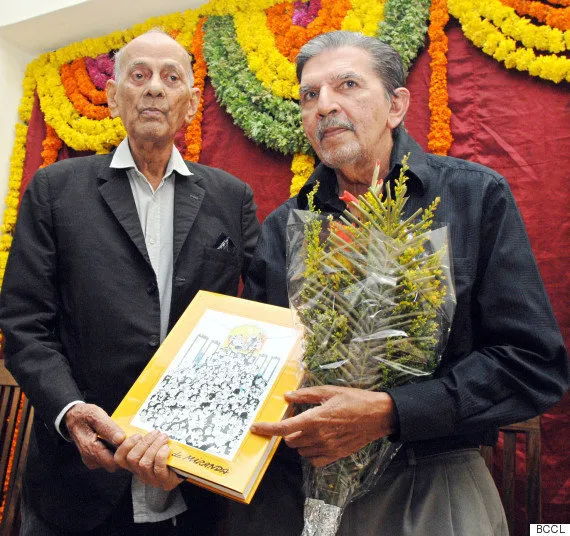
You can also read more details on the life of the extraordinary artist by his biographer Manohar Malgaonkar https://mariodemiranda.com/about-mario
